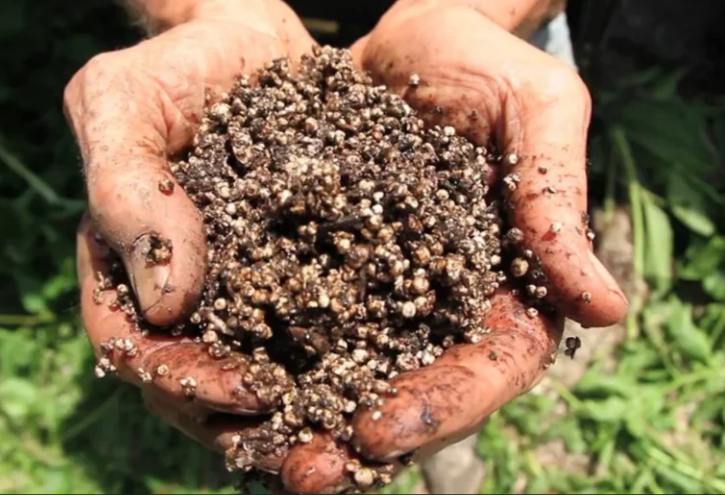
December 6, 2012
Recorded May 1, 2008
“The basic rules of ecology are pretty straightforward: energy flows, materials cycle, [and] systems develop. These same rules apply to all natural systems. Where these processes intersect with human built structures, however, natural systems can only organize themselves within the constraints created by the human footprint of architecture, infrastructure, and agriculture. We are creating the constraints that diminish this overall capacity.”
In 2007, the Architectural League launched a year-long series of programs entitled “Reimagining Risk” that brought together leading thinkers in architecture, environment, economics, and other disciplines to explore how the idea of risk in its manifold meanings and interpretations was affecting the design of cities and buildings. Many of the issues and topics covered in the series have new or intensified meaning today, as we respond to increasingly frequent and violent storms, sea-level rise, and global warming.
As part of the series, the League presented this lecture by Paul Mankiewicz, founding director of the Gaia Institute, a not-for-profit corporation that couples ecological engineering and restoration with the integration of human communities in natural systems. In his lecture, Mankiewicz discusses radical and innovative ways of thinking about material flows and ecosystem function in the urban environment, and argues for minimal, cost-effective design strategies that can preserve and even enhance the natural systems of the city. What if the threat of a large rise in sea levels inspired us to use natural ecologies to restore and expand the intertidal edge to resist storm surges? What if we counter the urban heat island effect with a whole new approach to urban parks and water use, creating a new cooling infrastructure though green spaces, green streets, green roofs, and waste water recycling — all while greatly diminishing the combined sewer overflows that regularly pollute our waterways? What if we thought about New York City’s waste stream as an essential municipal resource, one that could have a positive ecological and economic impact, and could serve to protect coastal infrastructure through reefs and wave-dissipaters?
Mankiewicz presents several Gaia projects and large prototypes designed and built to offer scalable answers to these critical questions: including the first green roof in the Bronx, street curb infrastructure that intelligently manages stormwater, and artificial oyster and mussel habitats made for the water’s edge.
Please note: The compression settings render this video slightly pixelated. We apologize for the image quality.
landscape
A conversation on nature and the city
A discussion of the role of politics and economics in the transformation of the natural environment.
Arverne rebuilds: Water’s Edge, Arverne-by-the-Sea, and Arverne View
Emily Nathan covers the recent history of Arverne's development and its impact on those who call it home.
Case Study: New York City
In the final case study of The Five Thousand Pound Life: Water, two experts trace the history, development, and evolution of the city’s water infrastructure.

